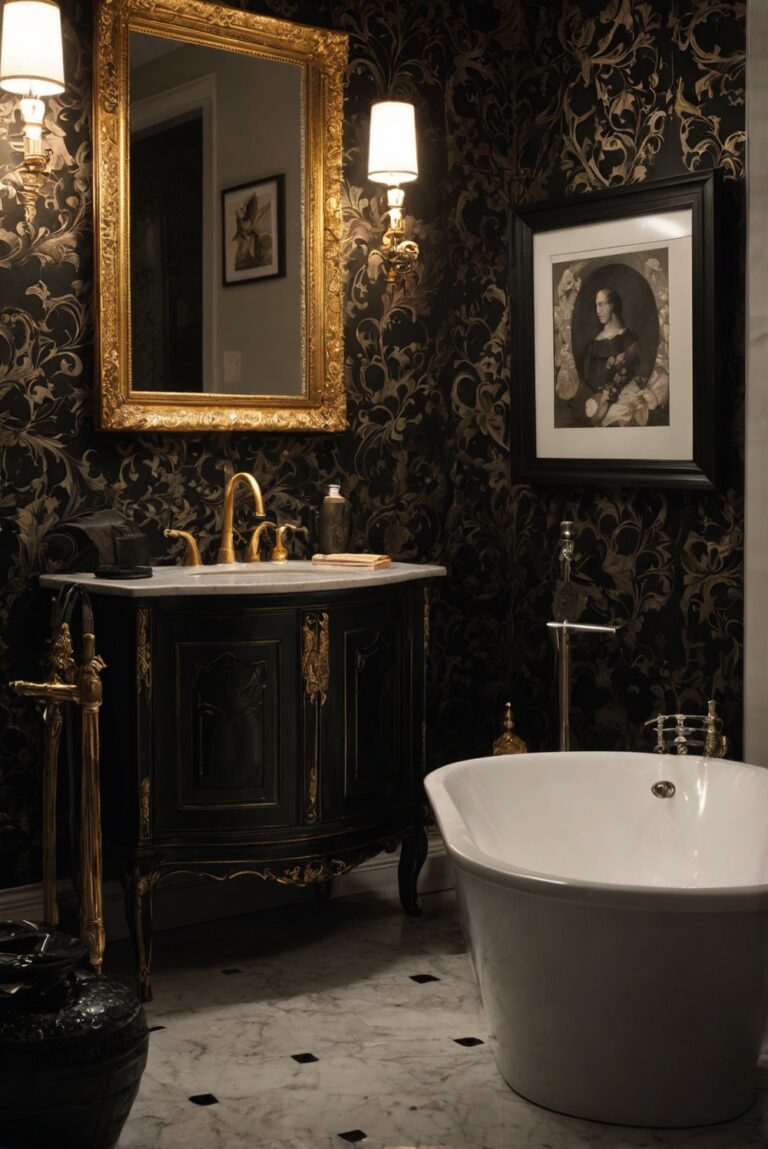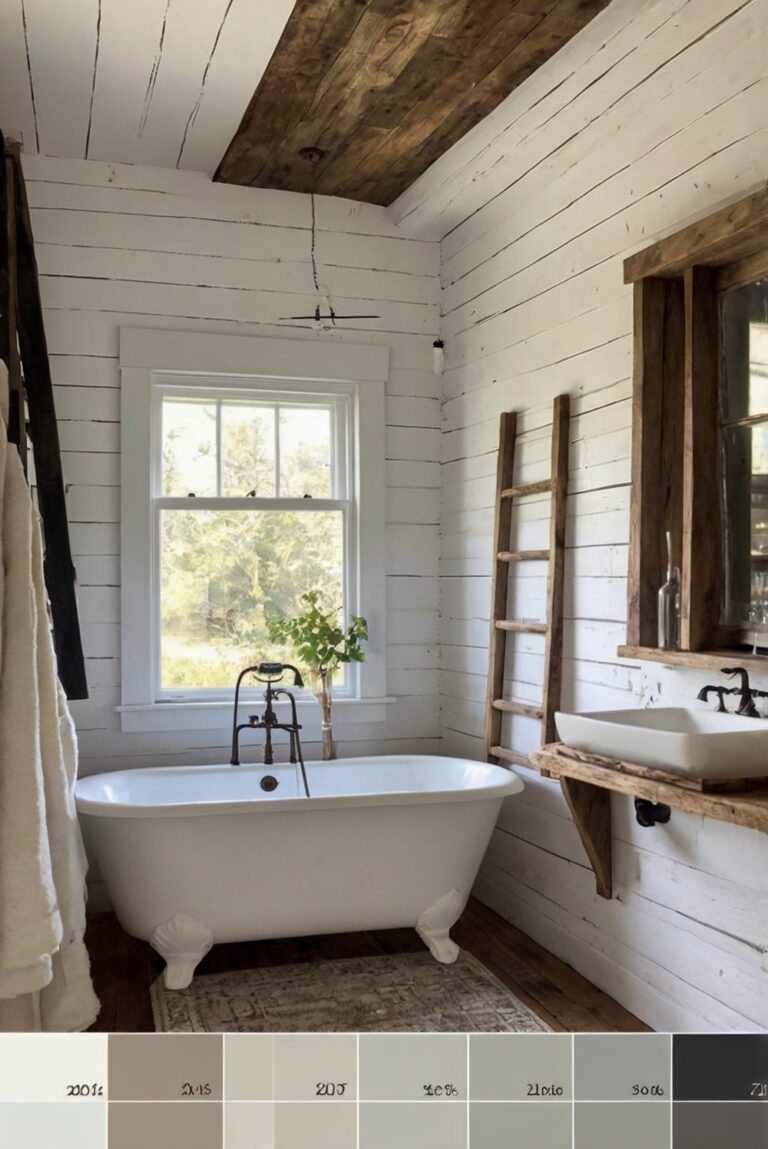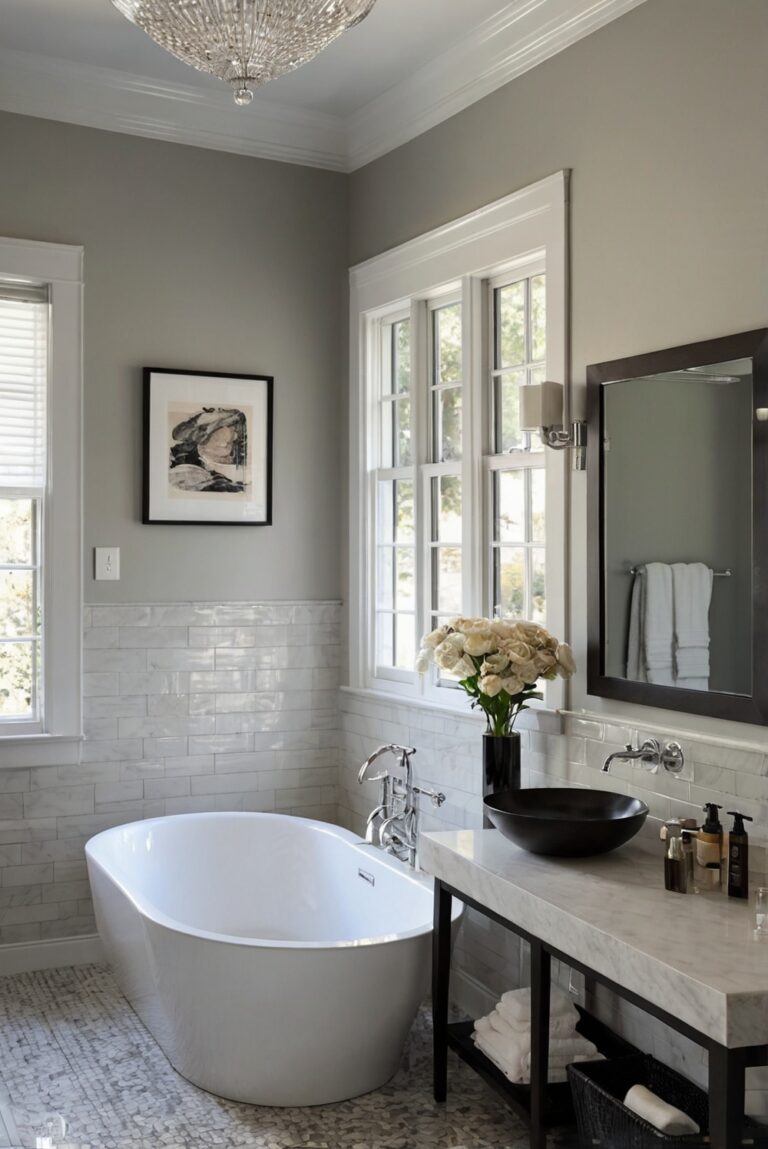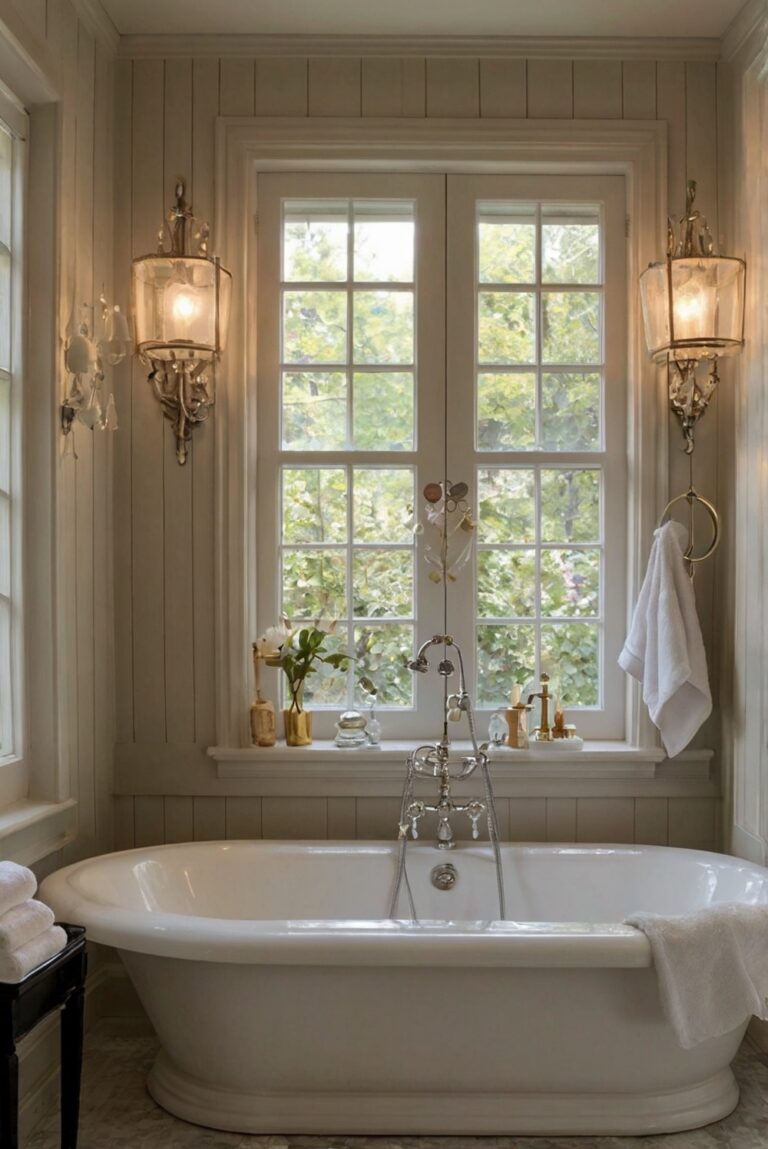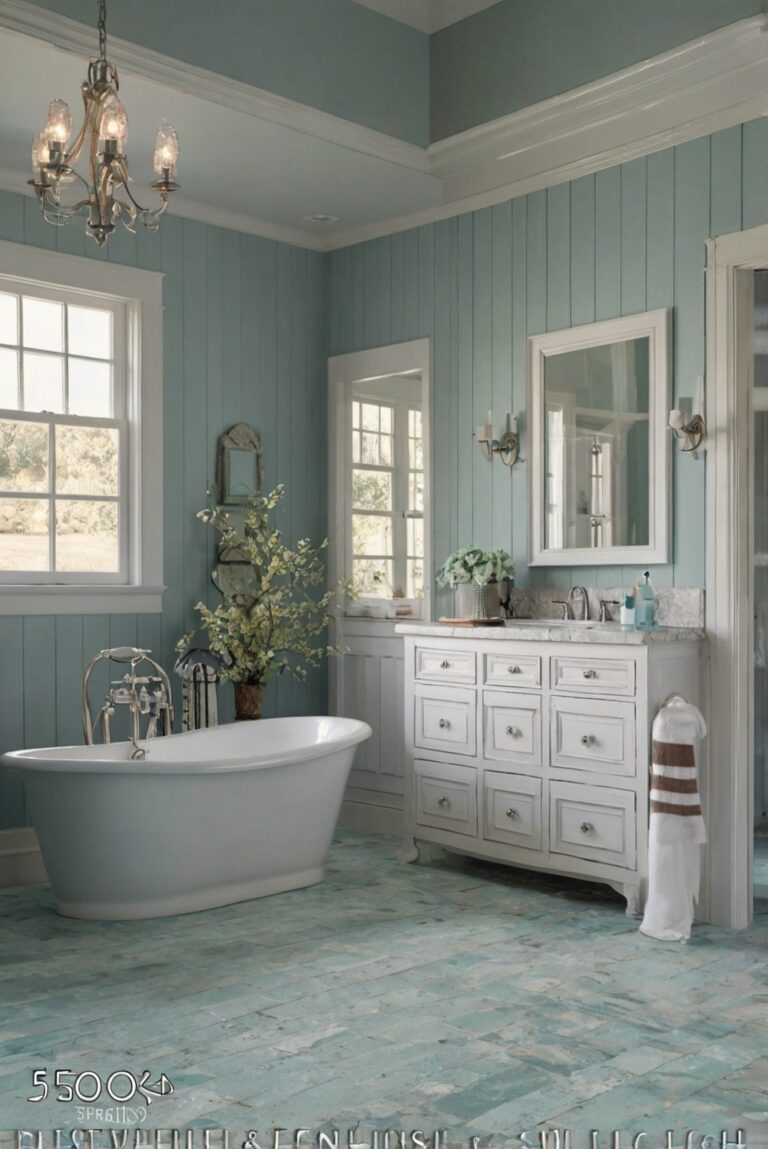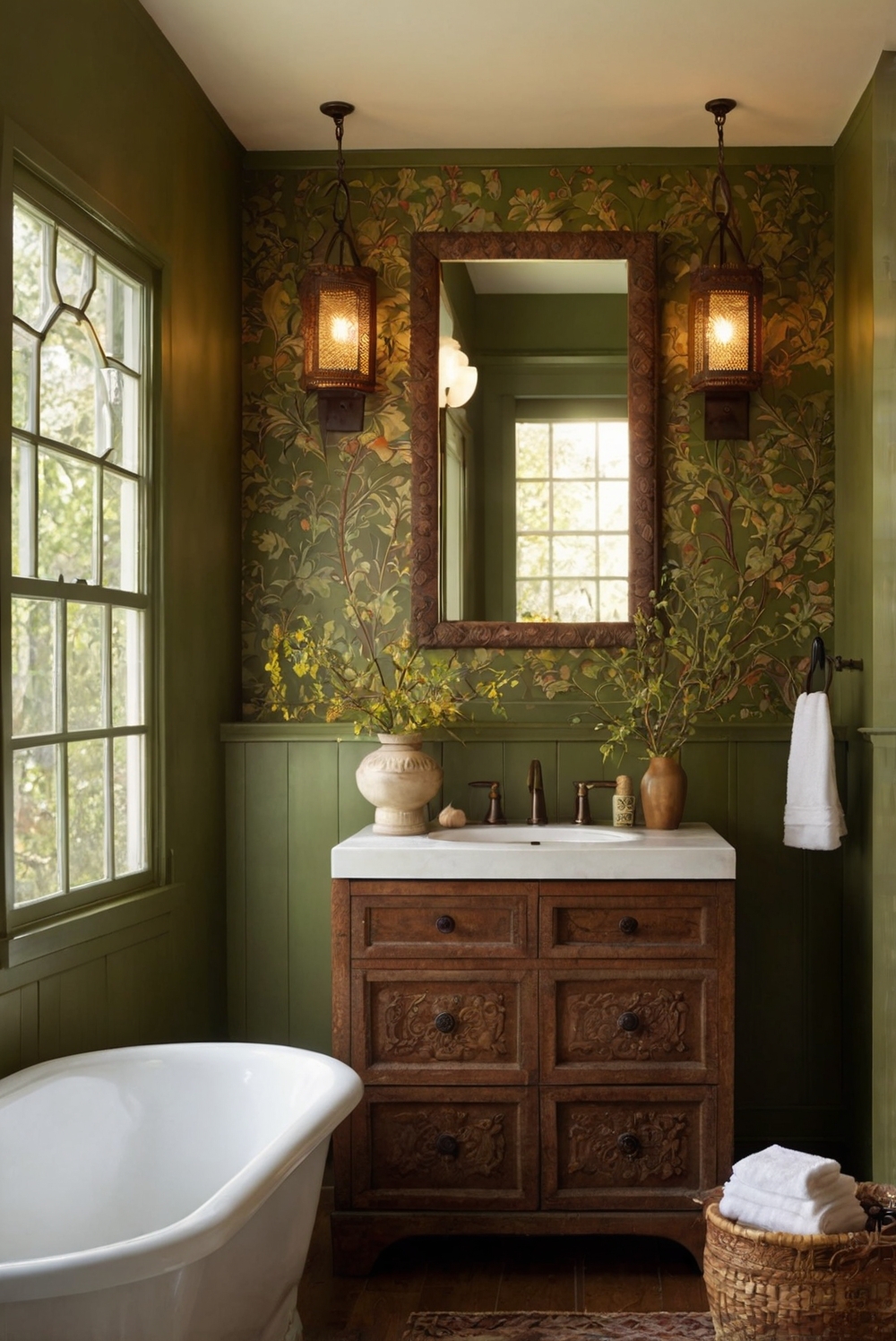
Discover top energy-efficient lighting options for your bathroom! Explore stylish choices that will elevate your space while being environmentally friendly.
What Are Some Energy-Efficient Lighting Options for the Bathroom?
Energy-efficient lighting options for the bathroom include LED light fixtures, compact fluorescent bulbs, and motion sensor lights. LED fixtures are long-lasting and consume less electricity, making them an environmentally friendly choice. Compact fluorescent bulbs are energy-efficient and produce a bright light. Motion sensor lights are a great option for saving energy as they only turn on when motion is detected and automatically turn off when no movement is sensed.
To achieve an energy-efficient bathroom lighting design, consider the placement of lights to maximize natural light and reduce the need for artificial lighting during the day. Use dimmer switches to adjust the brightness according to your needs and save energy. Proper insulation and sealing of windows and doors can also help maintain a comfortable temperature and reduce the need for excessive lighting.
Energy-Efficient Lighting Options for the Bathroom
LED Lighting:
LED lighting is one of the most energy-efficient options for the bathroom. LED bulbs use significantly less energy than traditional incandescent bulbs and have a longer lifespan. They are available in a variety of styles and colors, making them a versatile choice for bathroom lighting. Consider installing LED vanity lights, overhead lights, or even LED light strips for a modern touch.
Lighting Fixtures with Motion Sensors:
Motion sensor lighting fixtures are a great way to save energy in the bathroom. These fixtures turn on automatically when they detect motion and turn off when the room is empty. Installing motion sensor vanity lights or overhead lights can help reduce energy waste and ensure that lights are not left on when not needed.
Natural Light:
Utilizing natural light is another energy-efficient option for the bathroom. Consider installing skylights or larger windows to bring in more natural light during the day. This can help reduce the need for artificial lighting and create a bright, inviting space. Additionally, using light-colored paint and reflective surfaces can help bounce natural light around the room.
Energy-Efficient Bulbs:
Choosing energy-efficient bulbs such as compact fluorescent lamps (CFLs) or LED bulbs can help reduce energy consumption in the bathroom. These bulbs use less energy and last longer than traditional incandescent bulbs. Look for bulbs with the Energy Star label for the most energy-efficient options.
Dimmer Switches:
Installing dimmer switches in the bathroom can help save energy by allowing you to adjust the brightness of the lights based on your needs. Dimming the lights can help create a relaxing atmosphere for a bath or shower while reducing energy consumption. Consider installing dimmer switches for vanity lights, overhead lights, and even lighted mirrors.
In conclusion, when looking for energy-efficient lighting options for the bathroom, consider LED lighting, fixtures with motion sensors, natural light, energy-efficient bulbs, and dimmer switches. By incorporating these options into your bathroom design, you can save energy, reduce your carbon footprint, and create a bright and inviting space. Remember to focus on keywords like “energy-efficient lighting” and “bathroom lighting” to optimize your content for search engines.
1. What are some energy-efficient lighting options for the bathroom?
Energy-efficient lighting options for the bathroom include LED bulbs, compact fluorescent lamps (CFLs), and halogen incandescent bulbs. LED bulbs are the most energy-efficient option as they use up to 75% less energy and last up to 25 times longer than traditional incandescent bulbs. CFLs are also a good choice, using about 75% less energy and lasting about 10 times longer than incandescent bulbs. Halogen incandescent bulbs are more efficient than traditional incandescent bulbs but less so compared to LEDs and CFLs. Choosing fixtures with built-in LED lighting or installing dimmer switches can also help save energy in the bathroom.
2. How do LED bulbs compare to other lighting options for the bathroom?
LED bulbs are the most energy-efficient lighting option for the bathroom. They use significantly less energy than incandescent bulbs and last much longer, reducing the need for frequent replacements. LED bulbs also produce less heat, making them safer to use in enclosed spaces like bathrooms. While LED bulbs may have a higher upfront cost compared to other options, their long lifespan and energy savings make them a cost-effective choice in the long run. Additionally, LED bulbs are available in a variety of color temperatures to suit different preferences for bathroom lighting.
3. Are there any specific considerations when choosing energy-efficient lighting for the bathroom?
When choosing energy-efficient lighting for the bathroom, it’s important to consider the color temperature of the bulbs. Warm white or soft white bulbs are often preferred for bathroom lighting as they create a cozy, inviting atmosphere. Cool white or daylight bulbs, on the other hand, provide bright, crisp light that is ideal for tasks like applying makeup or shaving. Additionally, selecting fixtures with a high color rendering index (CRI) can help ensure that colors appear true and vibrant in the bathroom. Dimmable LED bulbs or fixtures with adjustable brightness levels offer flexibility in adjusting the lighting to suit different activities and moods in the bathroom.
4. What are the benefits of using energy-efficient lighting in the bathroom?
Using energy-efficient lighting in the bathroom offers several benefits. Firstly, energy-efficient bulbs like LEDs can help lower electricity bills by reducing energy consumption. Since bathrooms are commonly used throughout the day, switching to energy-efficient lighting can lead to significant savings over time. Additionally, energy-efficient lighting options last longer than traditional bulbs, reducing the frequency of replacements and maintenance. LED bulbs also produce less heat, which can help keep the bathroom cooler and more comfortable. Finally, energy-efficient lighting is environmentally friendly, reducing greenhouse gas emissions associated with electricity generation.
5. How can I maximize energy savings with lighting in the bathroom?
To maximize energy savings with lighting in the bathroom, consider implementing the following strategies:
– Replace incandescent bulbs with energy-efficient options like LEDs or CFLs.
– Use dimmer switches to adjust the brightness of the lighting based on the time of day or activity.
– Install motion sensor switches to automatically turn off lights when the bathroom is not in use.
– Take advantage of natural light by keeping windows uncovered during the day.
– Opt for ENERGY STAR certified lighting fixtures, which meet strict energy efficiency criteria.
– Consider task lighting for specific areas like the vanity to reduce the need for overhead lighting.
By combining these strategies, you can create a well-lit and energy-efficient bathroom that saves money and reduces environmental impact.

